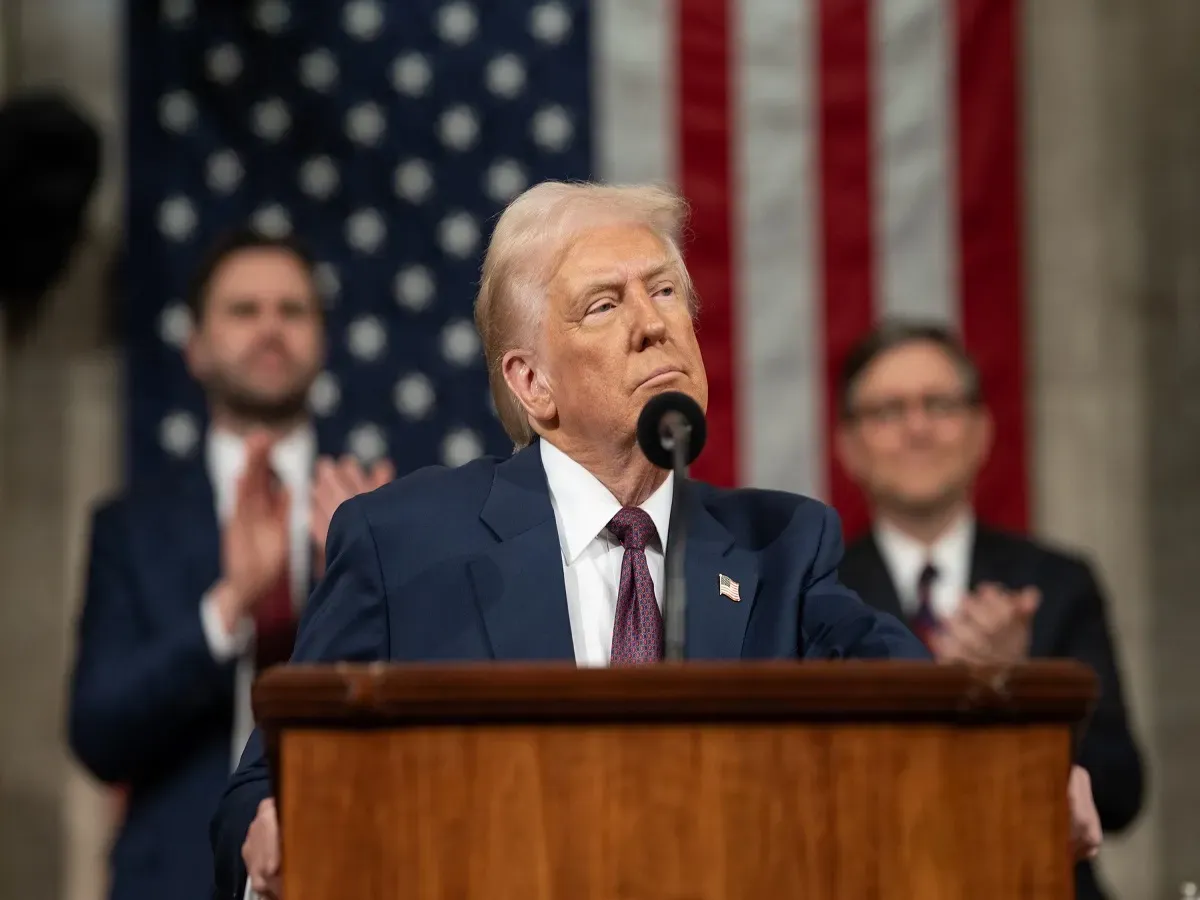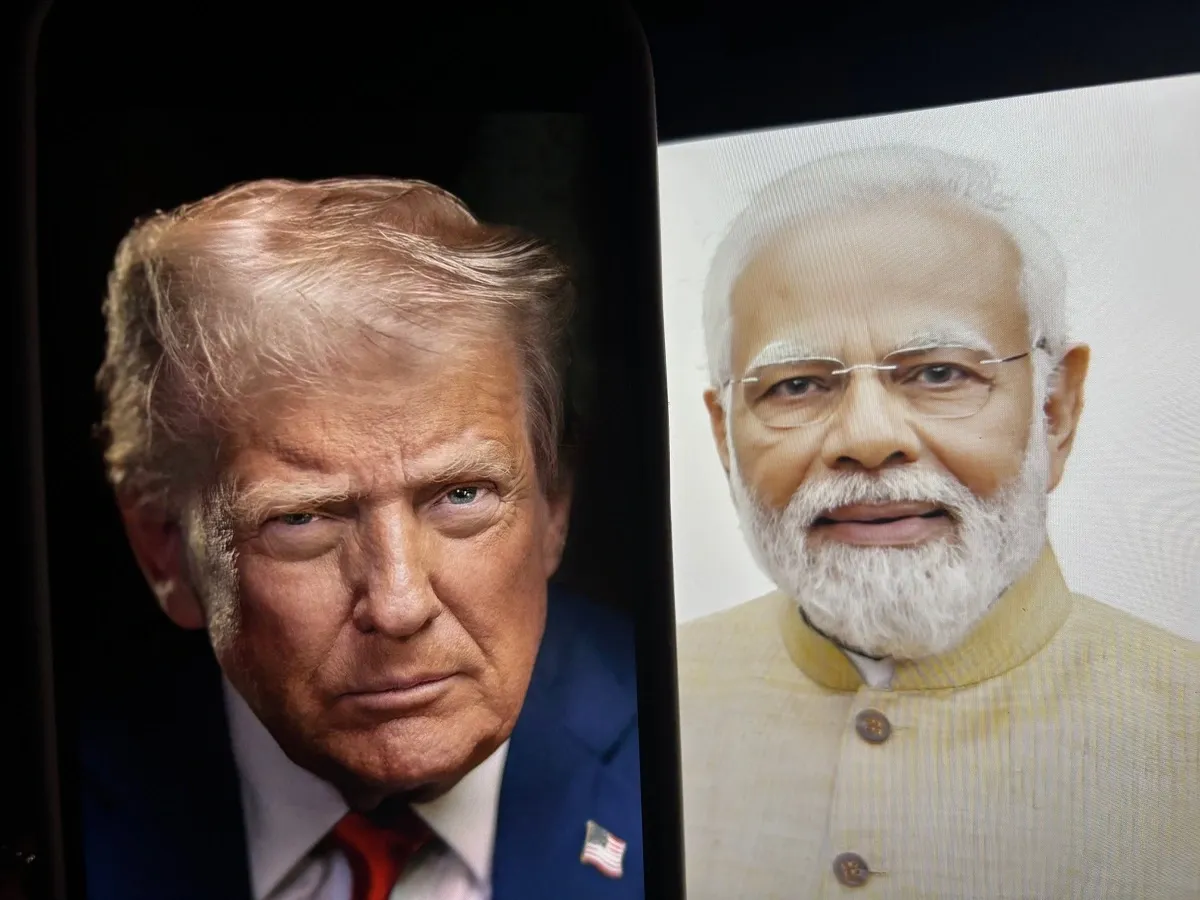Market News
25% tariff on India a negative development, likely to pose headwind to GDP growth, say experts

4 min read | Updated on July 30, 2025, 21:31 IST
SUMMARY
Trump's 25% tariff: Market experts and economists have said that the tariff rate is negative for the country, and they hoped that this unilateral imposition would accelerate Indian policymaking to be growth supportive. They see a downside to the full-year GDP growth estimate for India.

US President Donald Trump announced the imposition of a 25% tariff on all goods coming from India. | Image: Shutterstock
Market experts and economists have said that the tariff rate is negative for the country, and they hoped that this unilateral imposition would accelerate Indian policymaking to be growth supportive. They see a downside to the full-year GDP growth estimate for India.
Garima Kapoor, economist and executive vice president at Elara Capital, said, "The 25% tariff rate is certainly a negative development as it compares to lower rates for peers such as Vietnam, Indonesia, and the Philippines, which compete with India in a similar category of labour-intensive products and electronic goods. The currency market had clearly priced this eventually, as the USD/INR pair moved by more than 70 paise today."
The exact details of the tariffs on the exempted items such as pharma and the ones that were charged at a differential rate such as iron, steel, and autos are unknown as of now, but the inclusion of pharma into tariffs should be incrementally negative for India’s exports, as the US accounts for more than 30% of India’s pharma exports.
"If no deal is signed by Sept-Oct, we see a downside to the full-year GDP growth estimate for India by 20 bps," the economist added.
On the positive side, Kapoor said, it is pertinent to note that any hotchpotch deal that would have compelled India to give concessions to its agriculture and dairy sector may have had much deeper ramifications politically, socially, and eventually on livelihoods.
"A well-negotiated deal that addresses all aspects of trade, investment, and tariff and non-tariff barriers by September/October 2025 is likely to yield more long-term benefits than a hurried deal. The India-UK deal template, which gave concessions to auto and opened the public procurement sector, has shown that India is willing to shed its protectionist tag in sectors where it doesn’t impact the marginal producer, which is a huge departure from its earlier stance," Kapoor said further.
ICRA Chief Economist Aditi Nayar said, "When the US had initially imposed tariffs, we had lowered our forecast of India's GDP expansion to 6.2% for FY26, presuming a tepid rise in exports and a delay in private capex."
"The tariff (and penalty) now proposed by the US is higher than what we had anticipated and is therefore likely to pose a headwind to India's GDP growth. The extent of the downside will depend on the size of the penalties imposed," Nayar added.
Nilesh Shah, MD at Kotak Mahindra AMC, said that despite the unpredictable policy making of the US, the market was expecting a tariff deal to work out, as longer-term US-India strategic interests are aligned.
Markets will hope for a “TACO” trade if better senses prevail.
TACO is an acronym for 'Trump Always Chickens Out.' It was coined by Financial Times journalist Robert Armstrong in a May 2, 2025, opinion piece. It suggests that the US administration under Trump would back down from policies that caused significant market pain, particularly related to tariffs.
Shah added, China is defying US/UN sanctions on Iranian oil, Myanmar and Russian trade, and North Korean support. Size and the competitiveness of the economy have their advantages. I hope and pray that this unilateral imposition should accelerate Indian policymaking to be growth supportive. Our biggest deterrents continue to remain GDP size and competitiveness."
Meanwhile, Nachiketa Sawrikar, a fund manager at Artha Bharat Global Multiplier Fund, said, given that America’s baseline tariffs had gone up from 10% to 15%, it is not a surprise that the tariff rate imposed on India is higher at 25%.
"Trump had already highlighted that India’s tariffs on USA goods are high and India’s agriculture market is mostly closed. I don’t think the Indian government would be surprised by this tariff rate because its peers like China have a 30% tariff rate," Sawrikar said.
However, other ASEAN countries have a tariff rate of 19-20%. Bangladesh is trying to also get to the 20% range. So it is not good news for India but could have been worse, the fund manager added.
Related News
About The Author
Next Story


